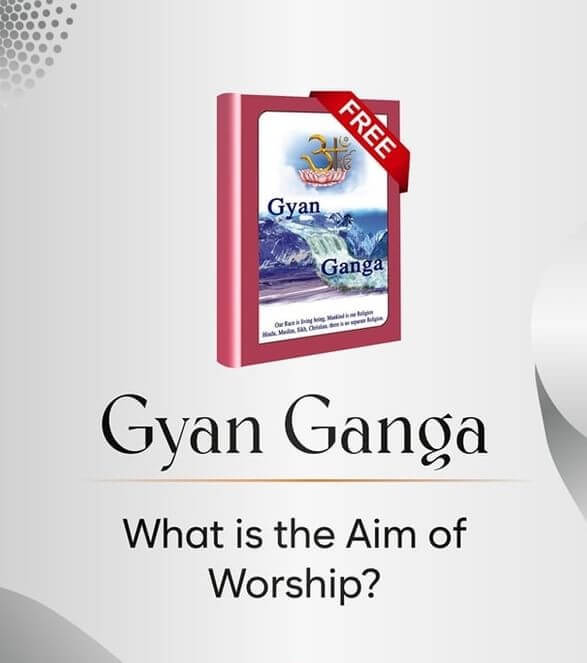Who is the Husband of Goddess Durga
Help & Information / Who is the Husband of Goddess Durga
Who is the Husband of Goddess Durga
Husband of Durga
According to the spiritual teachings found in the book Gyan Ganga, Goddess Durga, also known as Prakriti or Ashtangi, plays a significant role in the creation of the universe. While many are familiar with the reverence given to Durga as a powerful deity in Hinduism, Gyan Ganga offers a deeper insight into her origins and relationship with other divine entities, particularly her connection with Brahm (Kaal), who is revealed to be her consort.
Durga’s Role in Creation
The entire material universe was created through the union of two primary forces: Kaal (Brahm), also known as Jyoti Niranjan, and Durga (Prakriti). Durga is not only the mother of the three major deities of the universe—Brahma (Rajogun), Vishnu (Satogun), and Shiv (Tamogun)—but is also described as their creator alongside Kaal. Together, they are responsible for the cyclical process of creation, preservation, and destruction in the material world.
The Union of Kaal and Durga
Gyan Ganga provides a detailed narrative that reveals Jyoti Niranjan, also known as Kaal Brahm, as the husband of Durga. According to the text, Kaal Brahm was born from an egg at the beginning of creation. Durga was created afterward, and Kaal, captivated by her beauty, desired to be with her. When Kaal attempted to misbehave with Durga, she sought refuge within him. At that moment, Supreme God Kabir appeared and liberated Durga from Kaal’s body.
After being exiled to the 21 brahmands (universes) along with Durga, Kaal eventually performed intercourse with her. As a result of their union, the three gunas—Brahma, Vishnu, and Shiv—were born. These three deities, under Durga and Kaal’s influence, are responsible for managing the functions of creation, maintenance, and destruction within the material world.
Goddess Durga: The Mother of Three Gods
According to the scriptures cited in Gyan Ganga, Durga is referred to as Tridev Janni, the mother of the three gods. Brahma, Vishnu, and Shiv are not eternal or immortal as widely believed; rather, they are born from the union of Durga and Kaal, and they themselves acknowledge Durga as their mother. The Shrimad Devi Bhagwat Puran and Shiv Puran clarify that Brahma, Vishnu, and Shiv are perishable beings who undergo the cycle of birth and death. Thus, they are not the ultimate or immortal gods.
The True Spiritual Knowledge
Gyan Ganga emphasizes that true salvation cannot be attained by worshiping Brahma, Vishnu, or Shiv, as they are trapped in Kaal’s cycle of life and death. Instead, one must seek refuge in Supreme God Kabir, who transcends Kaal and the material universe. The book explains that only by understanding this higher spiritual knowledge (Tatvgyan) can one break free from the illusions of the material world, which are governed by Durga and Kaal.
Conclusion
In conclusion, the husband of Goddess Durga is Kaal (Brahm), also known as Jyoti Niranjan. Together, they are the progenitors of the three principal deities—Brahma, Vishnu, and Shiv—who are responsible for the management of the material universe. However, these gods are not eternal and are subject to the same limitations as the rest of creation. Only through the grace and knowledge of Supreme God Kabir can one attain true salvation and liberation from the cycle of birth and death.
In Gyan Ganga, the references supporting the idea that Goddess Durga is the wife of Kaal Brahm include:
- Shiv Puran – Describes the divine relationship between Kaal Brahm and Durga.
- Devi Bhagwat Puran – Explores Durga's role and her connection to Kaal.
- Vishnu Puran – Mentions the role of Durga in the cosmic functions alongside Kaal.
These texts collectively highlight their relationship and respective roles in creation. For more detailed insights, you can refer to the book itself.
← Who are the parents of Brahma, Vishnu, and Shiv? Whom do Brahma, Vishnu and Shiv Worship →
